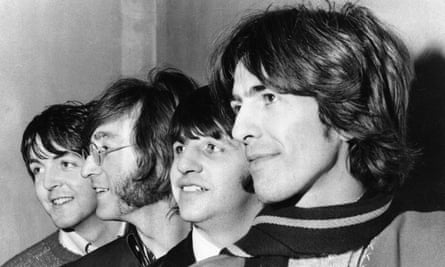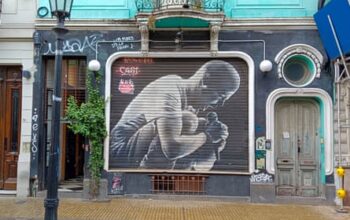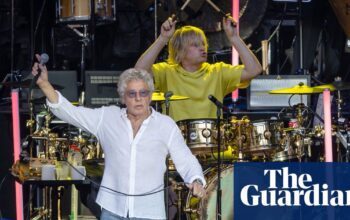No 12 Arnold Grove looks like an ordinary red-brick terrace house in the Liverpool suburb of Wavertree, recognisable only to those with a deep appreciation for the city’s most famous sons.
But now a blue plaque will mark the house as the former home of the “quiet” Beatle, George Harrison.
The plaque at the guitarist’s birthplace was described as “a source of family pride” by Olivia Harrison, the widow of the guitarist, who died of cancer in 2001 aged 58.
On Friday she, along with the culture minister Stephen Parkinson, will unveil the tribute on the two-up two-down Victorian house where Harrison lived from his birth in 1943 until he was nearly seven.
In his memoir, I, Me, Mine, Harrison described the house as “OK”, recalling it was “just like Coronation Street” with “no garden” and a “door straight on to the street”.
He said: “It was OK that house, very pleasant being little and it was always sunny in summer.”

Olivia, an American film producer and author, said: “This blue plaque recognition of George’s birthplace is a source of family pride for all the Harrisons, and something that none of us, mainly George, would ever have anticipated.
“So much of who George was came from being born and spending his earliest years at 12 Arnold Grove, undeniably a part of who George was.
“He left a footprint on this world, on this country, in this city and on this street.”
Harrison’s parents were born and grew up in the Wavertree area and his mother’s parents lived in the next street, Albert Grove. The family left the area in 1950 after reaching the top of the council housing list.
after newsletter promotion
Though his songwriting was overshadowed by John Lennon and Paul McCartney’s work, Harrison wrote songs including Here Comes the Sun, While My Guitar Gently Weeps and Something.
During trips to India he learned to play the sitar, which can be heard on many later Beatles hits, and became absorbed by eastern music and philosophy. After his death his ashes were scattered in the Ganges and Yamuna rivers, according to Hindu tradition.
Steve Rotheram, the mayor of Liverpool city region, said Harrison “never lost his love” for his home and “will always be regarded as one of Liverpool’s greatest sons”.
Historic England plaques have previously been placed for Lennon at 34 Montagu Square in Marylebone, London, and 251 Menlove Avenue in Liverpool.
Source: theguardian.com


